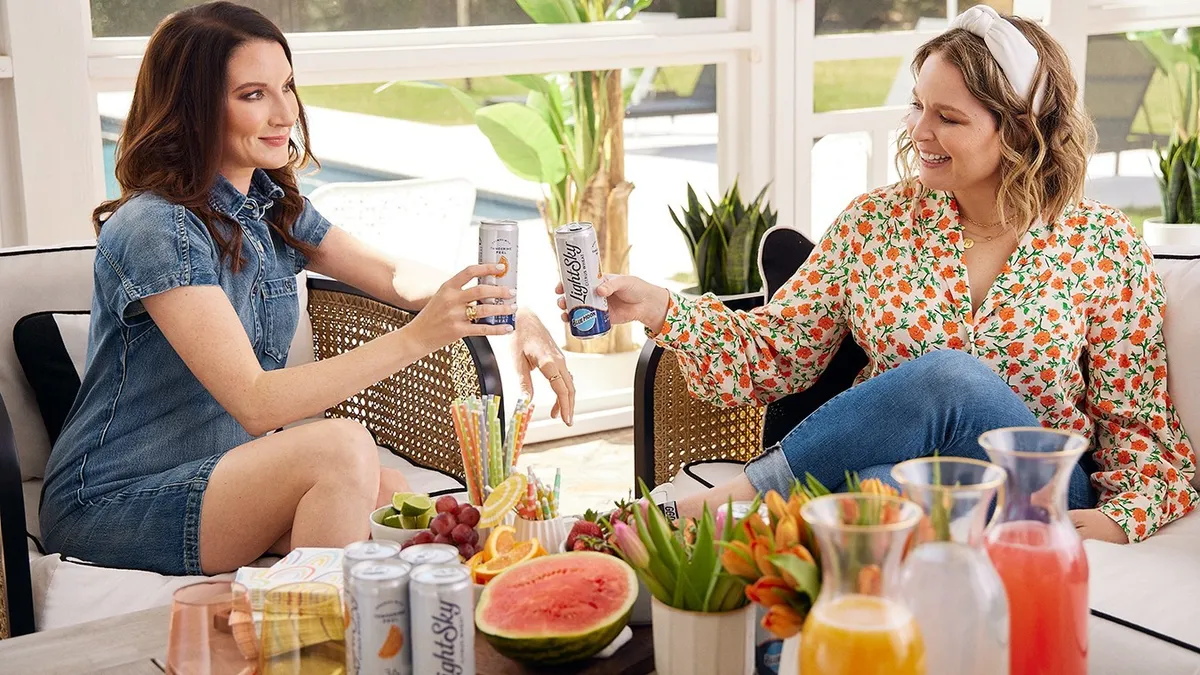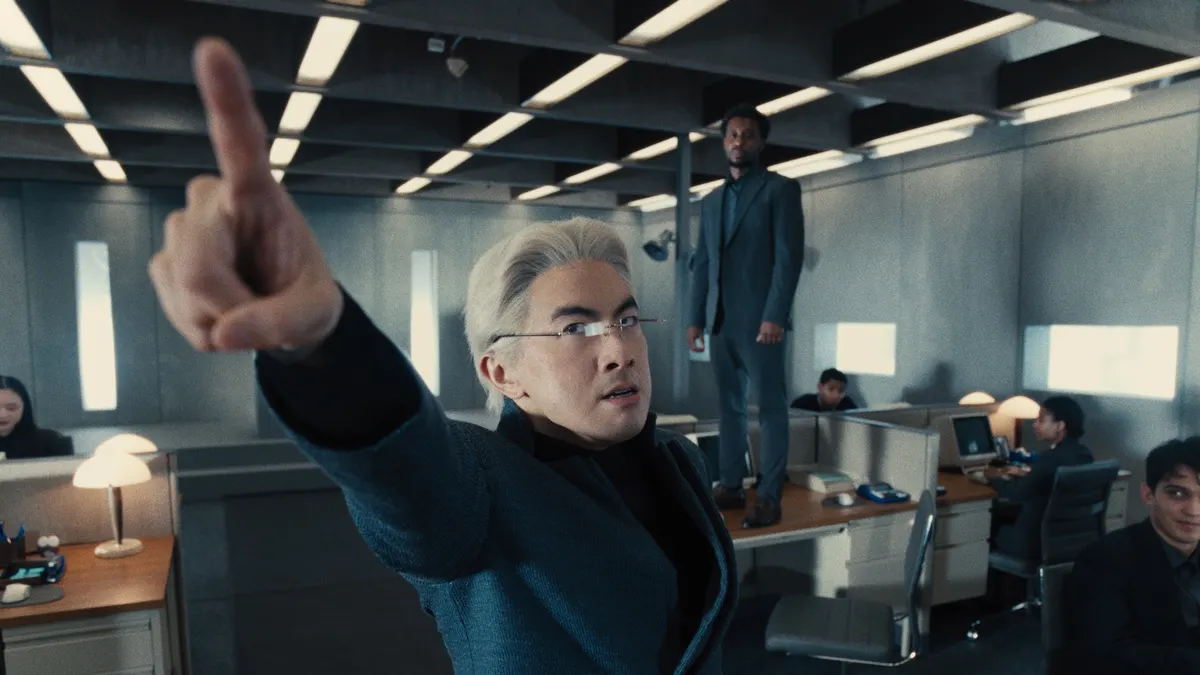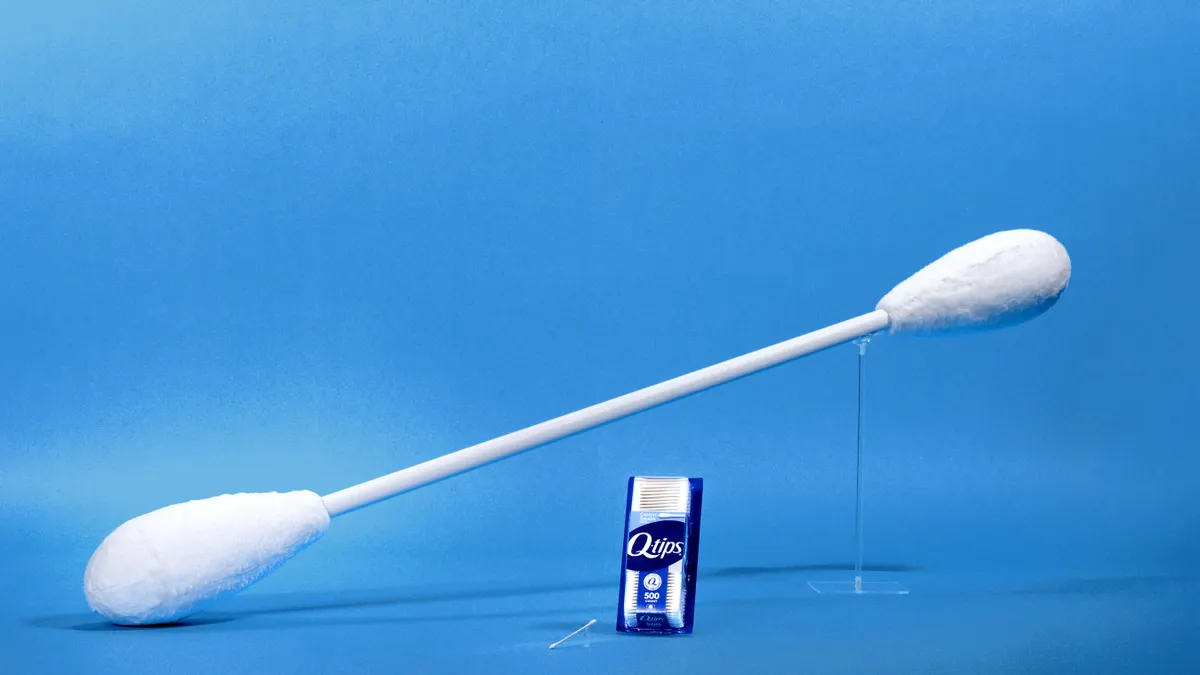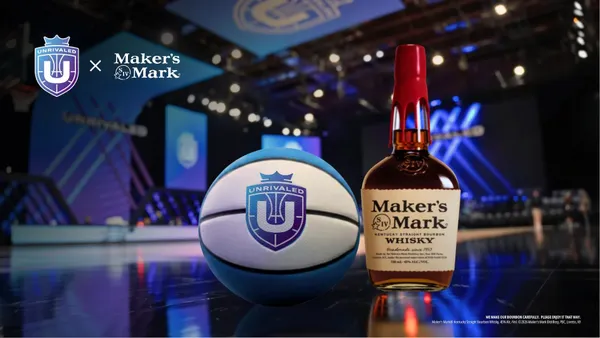As a growing pool of premium brands vie for a limited number of consumers, marketers like Molson Coors are prioritizing specialty over legacy and increasingly messaging around special occasions to drive awareness and sales.
During its second quarter earnings call last week, Molson Coors announced it would discontinue 11 brands from its economy portfolio. While these "low-margin, slow-moving" offerings had never received much investment, their removal is intended to allow the beverage giant to focus on its premium and innovative brands, which accounted for nearly half of its 6.9% lift in quarterly net sales per hectoliter in the U.S., according to executives on the call.
The move comes amid a downward shift in alcohol consumption that has resulted in consumers being more selective about the drinks they choose.
"It's about driving clarity around who you're going after and the occasion you want that brand to own in [consumers'] minds," said Marisa Mulvihill, global head of brand strategy for consultancy Prophet.
Premium beer brands and adjacent categories like hard seltzers should no longer be building awareness with their marketing, said Mulvihill, but rather be looking to identify their target consumer, figuring out where that consumer spends their time and then ensuring that their branding shows up in those spaces.
A recent campaign for Molson Coors' Blue Moon LightSky — its number one beer item of 2020 — for example, saw the low-cal premium drink in a series of spots set in a backyard party attended by millennial consumers. While a light beer isn't typically considered in such situations, the brand found that the consumers it was marketing to enjoyed the flavor more than expected, and could thus be paired with occasions those consumers inhabit, per statements from a Blue Moon marketing manager to Molson Coors' promotional blog Beer & Beyond.
"If [brands] are thinking about it in the right way, they'll be investing their dollars behind putting this brand in front of the audience they're going after, in the moments [that] brand is going to be relevant to them," said Mulvihill.
Less drinking means more special occasions
As consumers drink with less frequency — a habit accelerated by the pandemic — more emphasis is being put on the drinking occasion due to its rarer occurrence, according to Mulvihill.
"[This] means shifting the types of products you build in your portfolio and the types of brands that you invest behind," Mulvihill said.
Molson Coors, for example, is betting on premium drinks that cater to a swath of consumers and environments, both alcohol-minded and not. With summer-focused campaigns for its vitamin-C-infused Vizzy, the company doubled its share of the U.S. hard seltzer segment in the second quarter, per its earning call. With THC-infused Truss Canada, it targeted similar "outdoor summer occasions" but for cannabis enthusiasts, Lori Hatcher, head of marketing at Truss Beverage Co., said in a press release.
Caffeine is another area that Molson Coors is putting marketing spend behind. Zoa Energy, which the company partnered with earlier this year, has mainly been fueled by actor and founder Dwayne "The Rock" Johnson, who appeared in the drink's first TV campaign that debuted during the Olympics. The drink is being branded as a healthy alternative for multi-hyphenates, and routinely receives additional promotion from Johnson via his large following across social media.
"It's hard to predict exactly where we're going to end up, but marketers absolutely have to be thinking about the context that their brands need to operate in."

Marisa Mulvihill
Global head of brand strategy, Prophet
The specialty of these drinks and their marketing also shed further light on why Molson Coors decided to cut eleven of its economy brands: to simplify its portfolio by trimming off the drinks that are less-specialized and more geared towards obsolete drinking habits. Last month, Molson Coors ended production of Coors Seltzer in the U.S., perhaps from its inability to distinguish itself from rival light seltzers like Bud Light Seltzer and Natural Light Seltzer.
As for the specific channels in which beer marketers might be expected to invest for their premium brands, Mulvihill said that depends on what happens this fall with respect to the pandemic. A return to social distancing could inhibit the kinds of in-person activations and sponsorships of events that help drive a drink's engagement with consumers.
Similarly, the health crisis could disrupt the very occasions that marketers are hoping to link to their drinks. For a premium brand marketing itself as the drink for after-work happy hours, for example, that occasion may not even be feasible in the fall.
"It's hard to predict exactly where we're going to end up, but marketers absolutely have to be thinking about the context that their brands need to operate in," said Mulvihill.





















